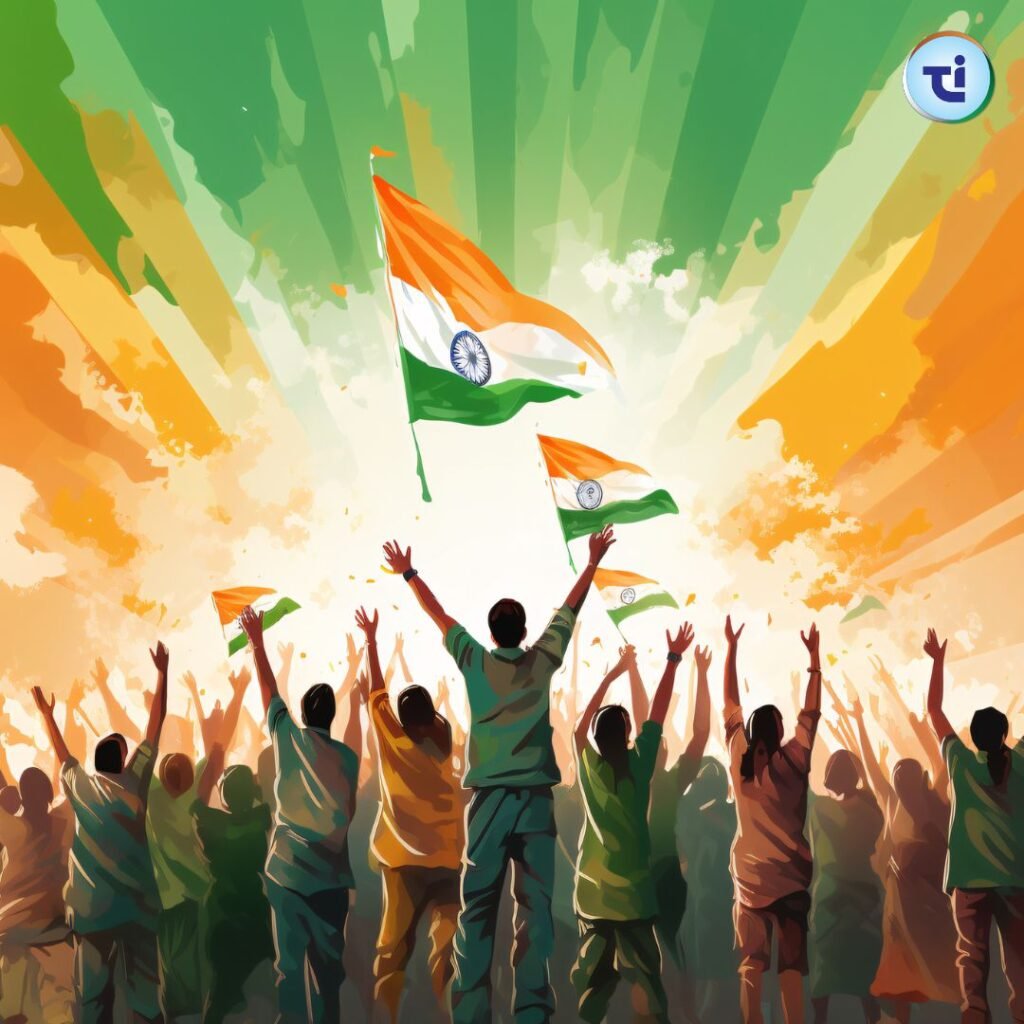Social diversity in India is one of its most defining characteristics. With a population exceeding 1.4 billion people, the country is a vibrant mosaic of cultures, languages, religions, castes, and customs. This variety is not just a feature of society but the very fabric that binds the Indian identity. Understanding and embracing social diversity in India is key to sustaining the nation’s democracy and development.
India is home to over 2,000 distinct ethnic groups, and more than 19,500 languages and dialects are spoken across the country. From the snow-capped Himalayas to the tropical beaches of the south, each region has its unique cultural identity. The northern states differ significantly from the southern, eastern, and western parts in terms of traditions, food habits, attire, and even social norms.
Religious diversity is also deeply embedded in Indian society. India is the birthplace of four major world religions—Hinduism, Buddhism, Jainism, and Sikhism—and also accommodates large populations of Muslims, Christians, Parsis, and Jews. Each religious group contributes richly to the social and cultural life of the country. Interfaith festivals and inter-community marriages are increasing, fostering a more inclusive environment.
Caste and class diversity add another layer to the social landscape. Historically, India has followed a caste-based social structure, which has evolved over time. While caste discrimination is still a concern, affirmative action policies and legal frameworks have helped marginalized communities gain education, employment, and representation.
Gender diversity is gaining more visibility, too. There is growing recognition of LGBTQ+ rights, and more spaces are being created for discussions around gender identity and equality. Women are entering previously male-dominated fields, and gender roles are being redefined, especially in urban areas.
Educational institutions, media, and civil society play a crucial role in promoting acceptance of social diversity. Schools across India now include teachings on secularism, human rights, and equality, shaping a generation that respects differences. NGOs and community leaders also conduct awareness campaigns that address social stereotypes and encourage inclusivity.
Challenges, however, remain. Caste discrimination, communal tensions, language politics, and regionalism sometimes create social rifts. The path to a truly inclusive society involves constant dialogue, empathy, and policy reform. Technology and digital platforms also help in bridging social gaps, allowing people to share experiences and perspectives beyond physical boundaries.
In conclusion, social diversity in India is both a strength and a responsibility. It provides a rich cultural legacy and a dynamic social atmosphere but also demands collective effort to ensure justice and equality for all. Embracing diversity is not just a cultural ideal in India; it is essential for national unity and progress.






